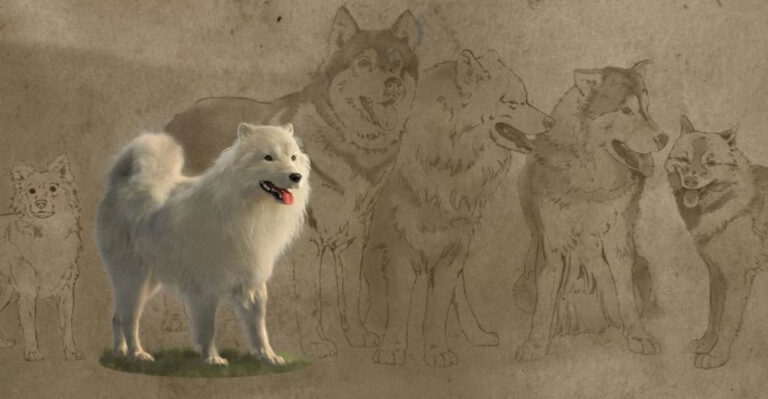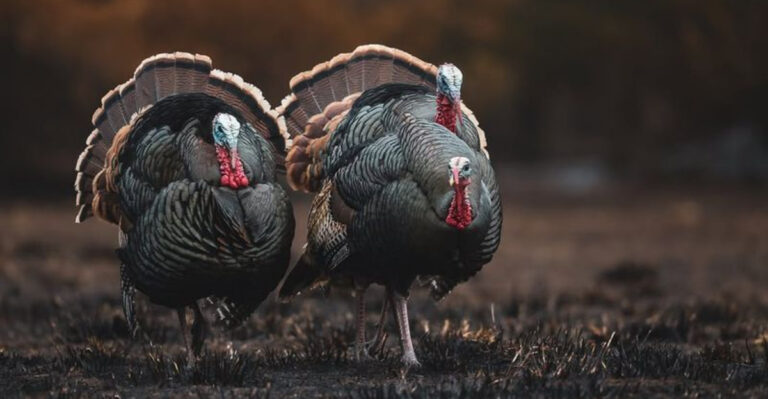Dinosaur Graveyard Unearthed In U.S. Heartland
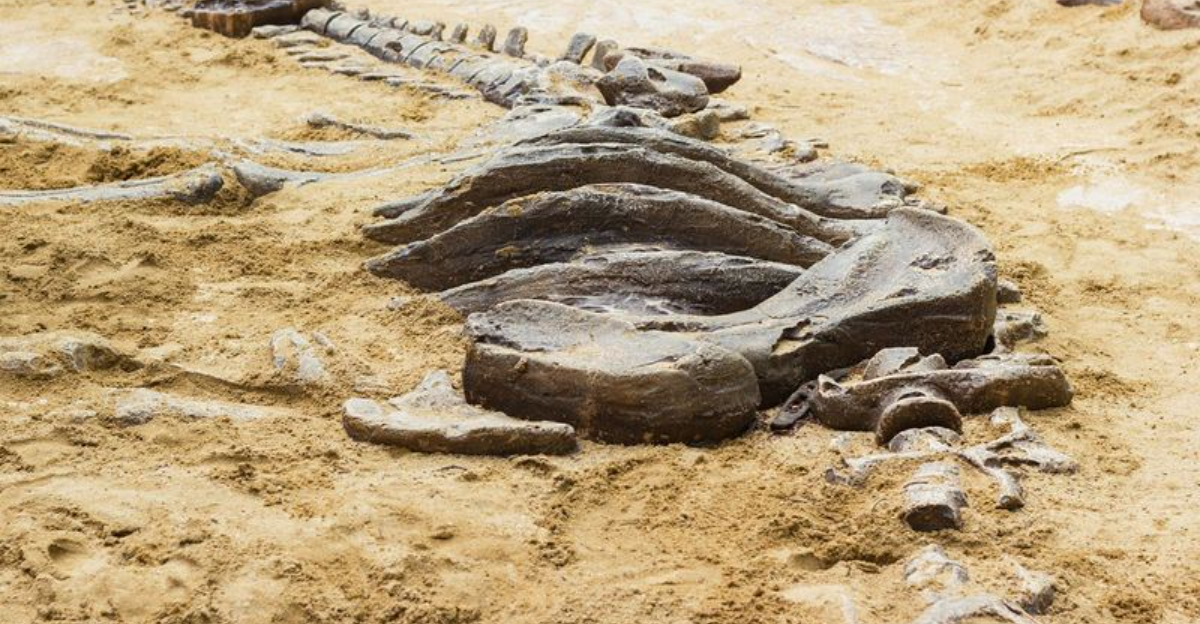
Buried beneath America’s heartland lies an extraordinary window into prehistoric times. Scientists have uncovered massive dinosaur graveyards containing thousands of fossils that paint a vivid picture of life millions of years ago.
These remarkable sites are changing what we know about dinosaurs and providing clues about the catastrophic events that led to their extinction.
The Discovery Of A Dinosaur Graveyard In The U.S. Heartland
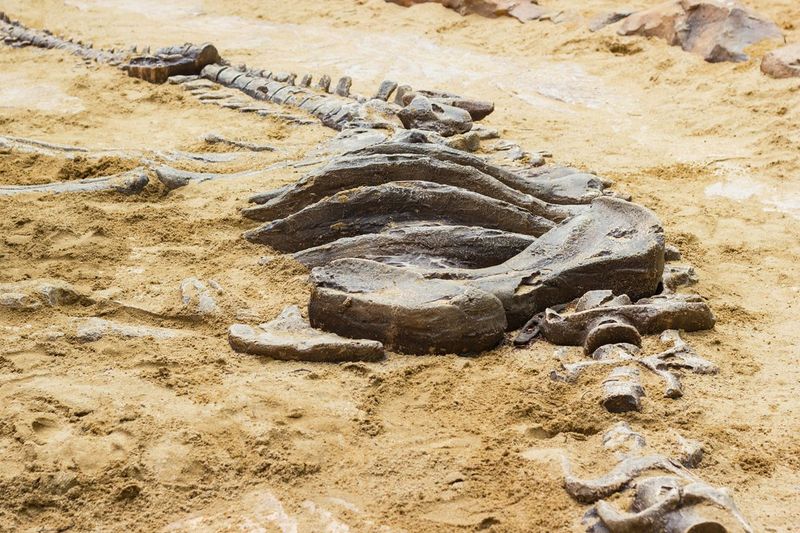
Farmers stumbled upon strange bones while plowing fields in South Dakota back in 1990. What seemed like odd rocks turned out to be one of America’s richest dinosaur sites.
Paleontologists rushed to the area when they heard about the find. The site contained over 4,000 bones packed into a small area, suggesting a catastrophic event trapped many dinosaurs at once.
Unearthing Fossils From The Late Cretaceous Period
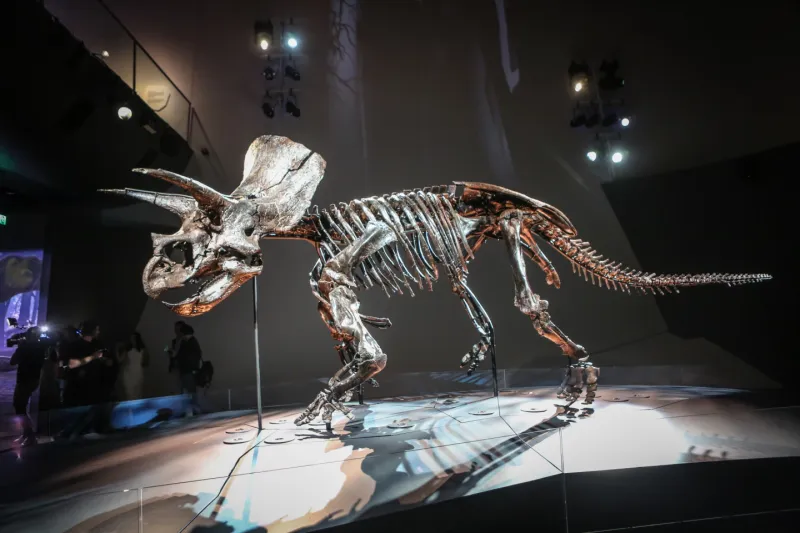
Locked in stone for 66 million years, these dinosaurs lived during Earth’s final dinosaur chapter. Triceratops, T. rex, and duck-billed hadrosaurs dominate the finds, painting a vivid picture of life before the asteroid hit.
Many specimens show remarkable preservation—some even contain soft tissues like blood vessels and skin impressions. This exceptional preservation gives scientists unprecedented insights into dinosaur biology.
The Rich Fossil Deposits Of The Hell Creek Formation
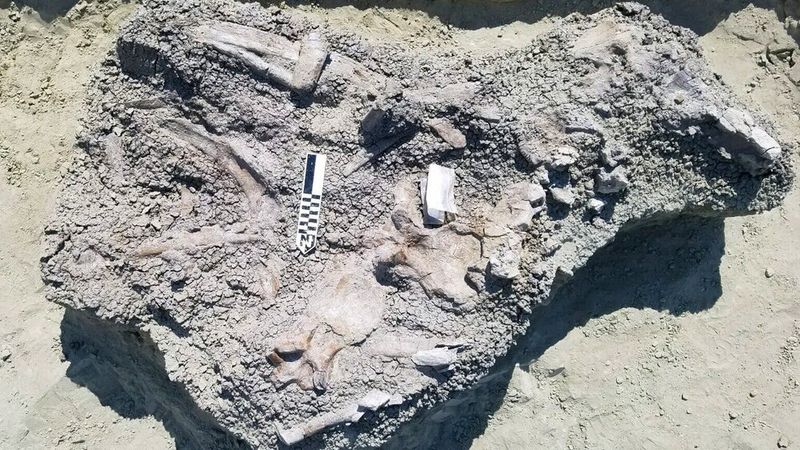
Stretching across Montana, North Dakota, South Dakota, and Wyoming, this ancient riverbed serves as America’s dinosaur treasure chest. Rivers once flowed through lush forests here, creating perfect conditions for preserving thousands of creatures when they died.
Paleontologists flock to Hell Creek each summer armed with picks and brushes. A single square mile might contain hundreds of specimens spanning numerous species.
Insights From The Cleveland-Lloyd Dinosaur Quarry
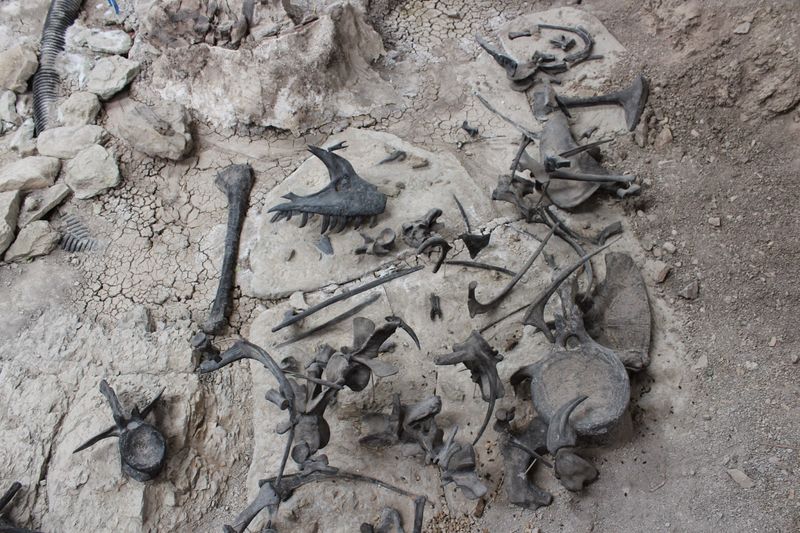
Utah’s mysterious bone bed has puzzled scientists since its discovery in 1927. Over 12,000 bones from at least 70 individual dinosaurs—mostly predators—have been excavated from this single location.
Why so many carnivores gathered here remains hotly debated. Some theories suggest a deadly mud trap caught dinosaurs one by one, while others propose a poisoned watering hole scenario during a drought.
How The Tanis Site Provides Evidence Of The Extinction Event
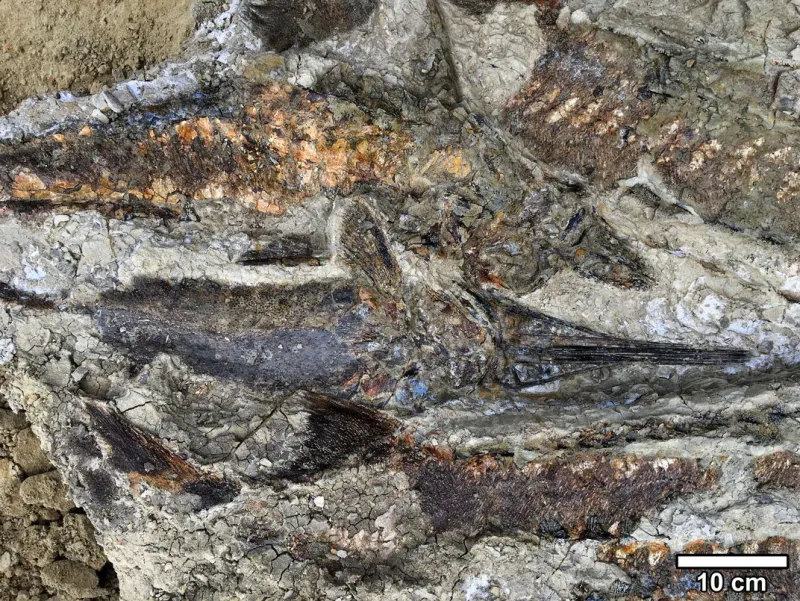
North Dakota’s Tanis site captures the actual day dinosaurs died. Fish with impact glass in their gills, tektites raining from the sky, and dinosaur remains all buried in a single flood layer tell a dramatic story.
The site formed when seismic waves from the asteroid impact created a massive inland surge. This tsunami-like wave buried everything in its path, preserving a moment frozen in time.
Uncovering The Secrets Of Dinosaur Behavior And Ecosystems
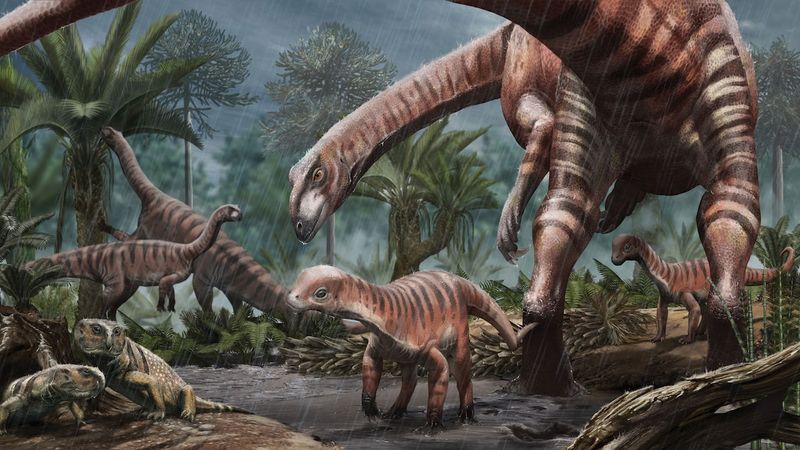
Bones don’t just tell us what dinosaurs looked like—they reveal how they lived. Multiple specimens of the same species found together suggest some dinosaurs traveled in herds or family groups.
Fossil nests with eggs arranged in careful patterns show sophisticated parenting behaviors. Tooth marks on bones demonstrate predator-prey relationships, while plant remains paint a picture of ancient landscapes these creatures called home.
The Mystery Of Mass Dinosaur Deaths At These Graveyards
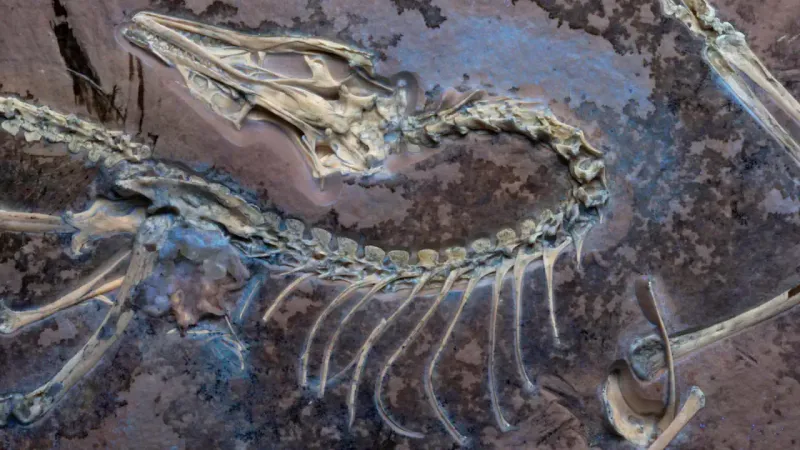
Mother Nature turned deadly when ancient floods swept across the plains. Hundreds of dinosaurs caught in rushing water ended up piled together, creating bone beds that continue to amaze scientists today.
Some sites show evidence of drought-related deaths, with animals congregating around shrinking water sources. Others reveal volcanic ash falls that suffocated entire herds in minutes, preserving their final moments.
What The Preservation Of Fossils Tells Us About Ancient Environments
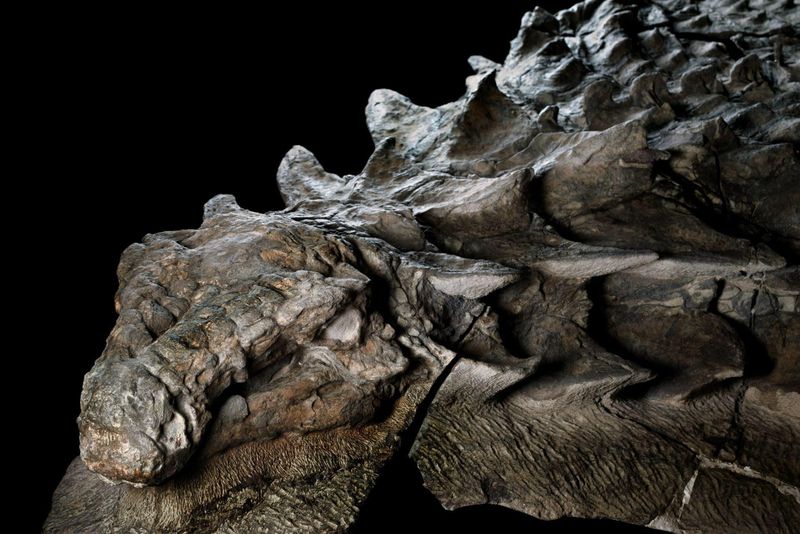
Quick burial made these exceptional fossils possible. Rapid sedimentation from floods or volcanic ash falls protected bones from scavengers and weathering, sometimes preserving skin, feathers, and even stomach contents.
Analyzing the surrounding rock reveals ancient climate conditions. Pollen grains found alongside dinosaur remains help reconstruct forests that once covered America’s heartland, showing a warmer, more tropical environment than today.
Exploring The Impact Of Flooding On Dinosaur Fossil Deposits
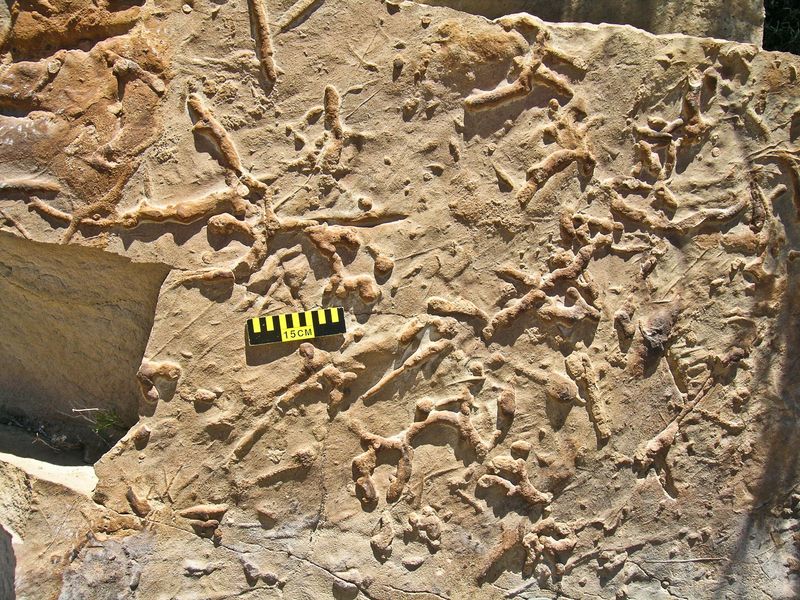
Ancient rivers changed course frequently, creating fossil hotspots across the Midwest. When waters rose suddenly, dinosaurs drowned and became entombed in sediment, creating the bone beds we find today.
Geologists can read these water-laid deposits like history books. The size of sand grains tells them how fast water was flowing, while the arrangement of bones indicates whether carcasses were transported or died in place.
How These Fossil Discoveries Challenge Our Understanding Of Dinosaurs
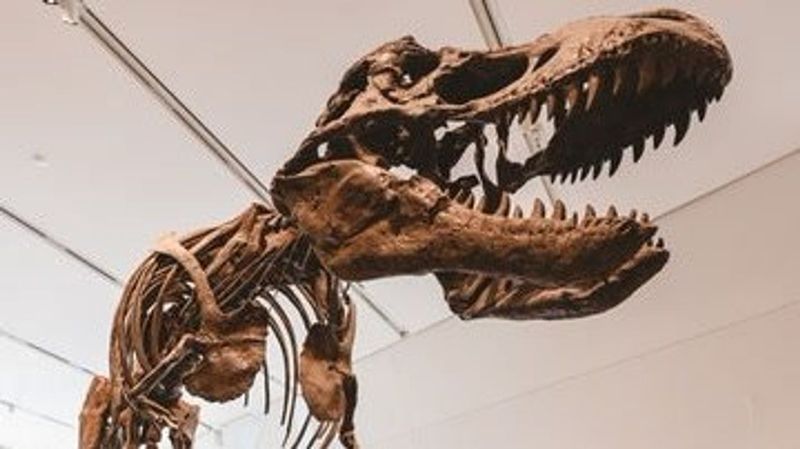
Conventional wisdom gets flipped upside down with each new find. Species once thought rare appear abundant in these graveyards, while others show unexpected geographic ranges or evolutionary relationships.
Skin impressions reveal coloration patterns nobody predicted. Growth rings in bones demonstrate that some dinosaurs grew rapidly like birds rather than slowly like reptiles. These discoveries constantly reshape our understanding of these magnificent creatures.


